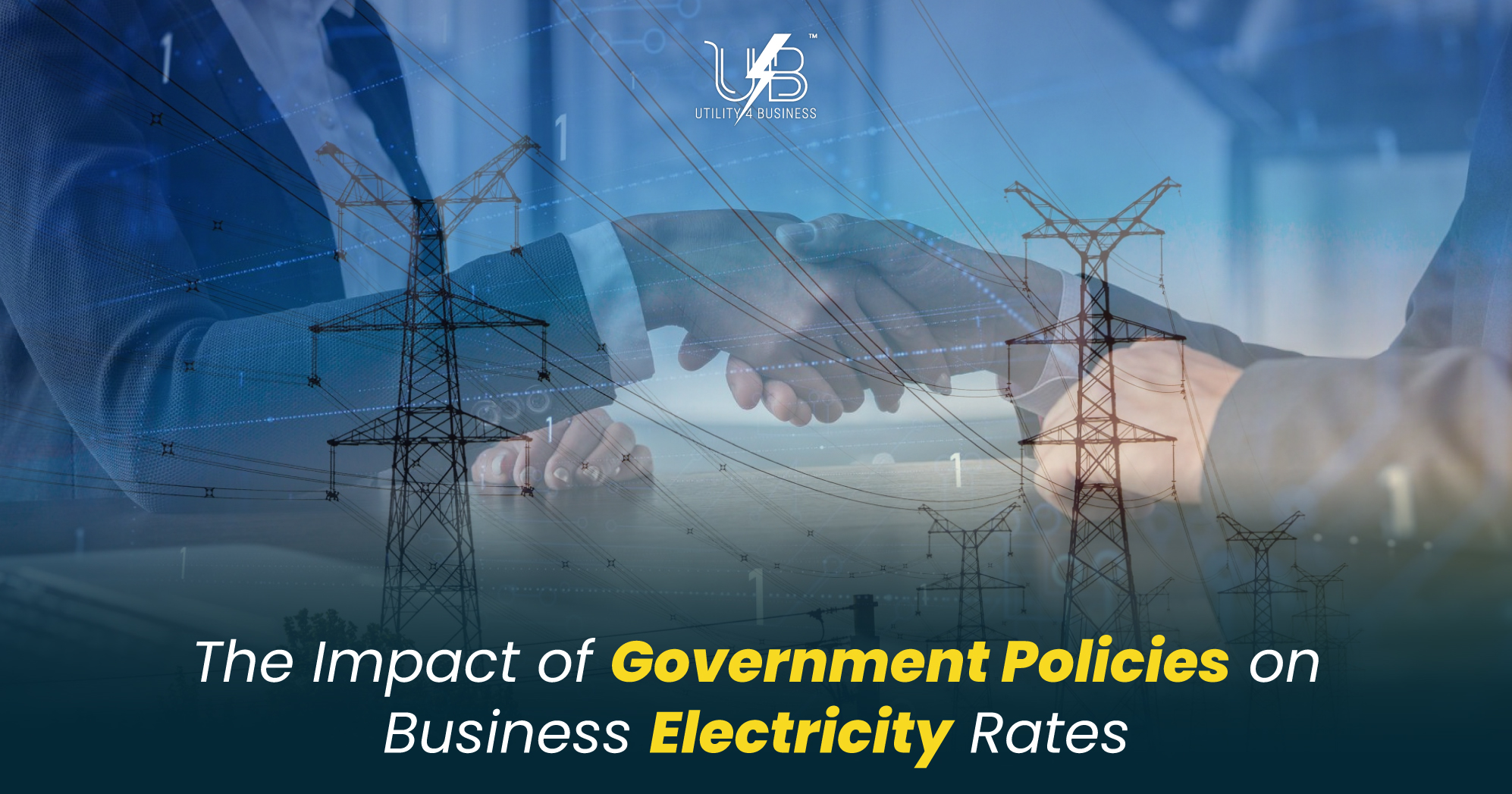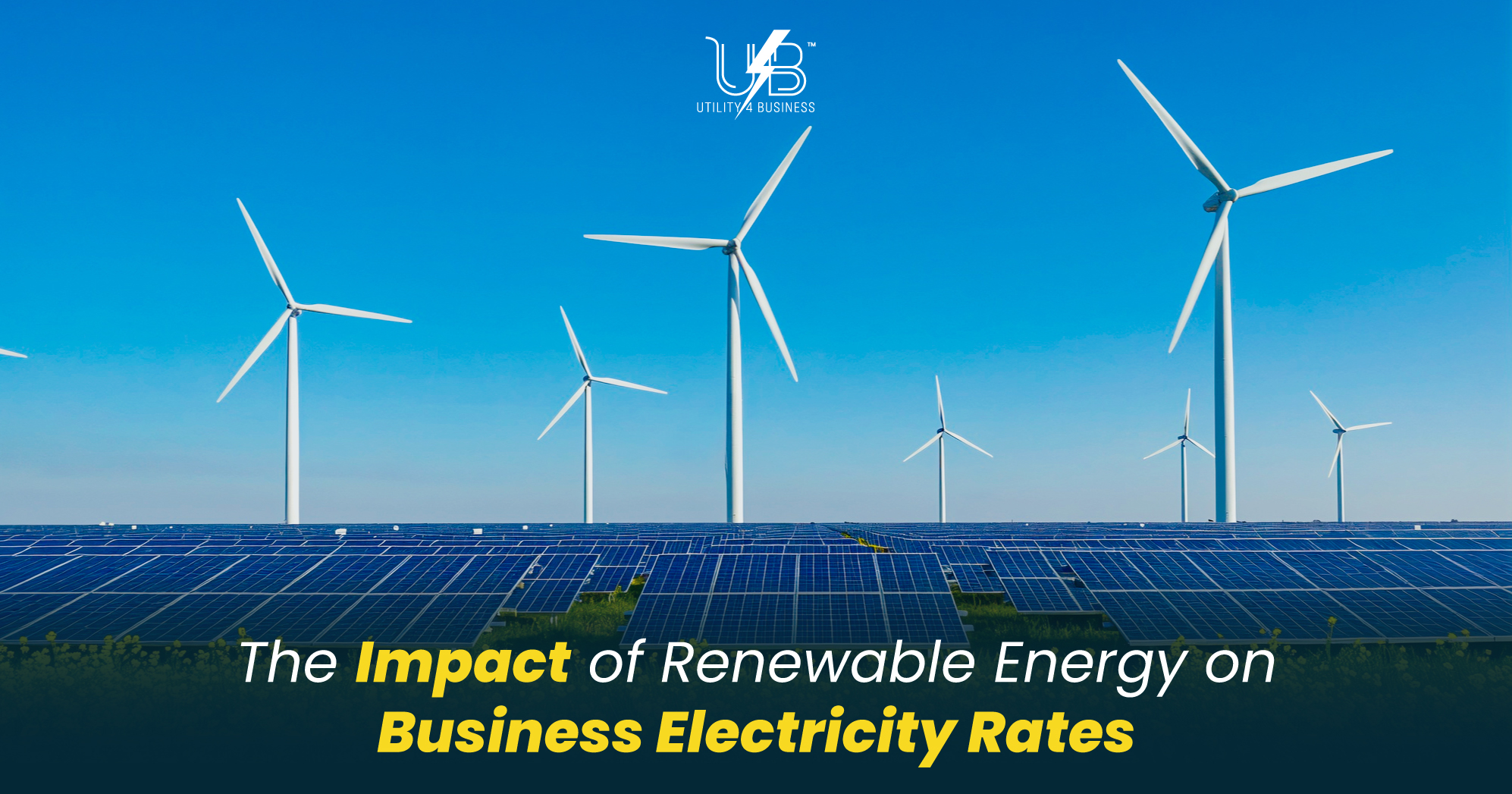How to Read Your Business Electricity Bill
Decode Your Commercial Electric Bill Like a Pro

Ever stare at your electricity bill and wonder what all those numbers mean? You’re not alone. Many businesses struggle with complex layouts, confusing jargon, and hidden fees. This guide will break down each part of your bill in simple terms. You’ll learn how to spot mistakes, find savings, and even support your green goals.
Why Understanding Your Bill Matters
Controlling Energy Costs
Electricity often ranks among the top operational expenses. When you know exactly what you pay for each kilowatt-hour (kWh), you can plan better. A clear view of your charges helps you set realistic energy budgets. It also lets you spot spikes in usage before they bite your bottom line. That way, you can put cost-saving ideas into action, like switching suppliers or adjusting equipment schedules.
Identifying Billing Errors
No one wants to overpay. Yet commercial electricity bills sometimes include mistakes. You might see duplicated fees or misread meter readings. By studying each line item, you can flag these errors. Just a small overcharge can add up over a year. Regular audits give you the power to challenge inaccurate bills and get refunds.
Supporting Sustainability Goals
Reading your bill isn’t just about money. It also ties directly to how much energy you use—and waste. When you track usage patterns, you can upgrade to more efficient devices. You can also join renewable energy programs. Buying green power or renewable energy credits can shrink your carbon footprint. And it might even unlock new rebate schemes.
Key Components of a Business Electricity Bill
Account and Billing Information
At the top, you’ll find basic details:
- Account number and billing period
- Service address and your rate plan
- Contact details for customer service
Make sure these match your records. A wrong service address can lead to billing mix-ups.
Energy Usage Details
This section shows how many kilowatt-hours (kWh) you used. Some bills break this into:
- Actual readings, taken by a meter reader
- Estimated readings, guessed from past data
Keep an eye on estimates. They often vary from real usage. Accurate readings help you spot true trends.
Rate Structure
Your supplier sets rates in different ways:
- Fixed rates stay the same for each kWh.
- Variable rates can rise or fall with the market.
- Time-of-Use (TOU) plans charge less off-peak.
- Tiered plans cost more after you cross set thresholds.
Commercial accounts may also face demand charges. These fees reward or penalise you based on peak usage.
Breaking Down Common Charges and Fees
Supply Charges
This fee covers the cost of the electricity you consume. Suppliers set a price per kWh. In competitive markets, you can shop around for the lowest rate. Running a quick comparison of electricity for business search can reveal better deals.
Delivery and Transmission Charges
These non-energy fees pay for the wires, poles, and substations that bring power to your door. Often labelled as “Delivery,” “Transmission,” or “TDSP fees,” they remain fairly stable month to month. They cover maintenance and upgrades on the grid.
Additional Fees and Taxes
Your bill may include:
- Regulatory fees set by government bodies
- Gross receipts tax in some regions
- Renewable energy surcharges to support green programs
Each of these adds a few pennies per kWh. But they can add up, especially for large users.
Power Factor Penalties
Your power factor measures how efficiently you use electricity. If it falls below a set threshold, your utility may apply a penalty. To avoid this, consider installing power-factor correction equipment. That simple step can lower your bill and boost efficiency.
Analysing Your Bill for Cost Savings
Reviewing Usage Patterns
Graphical usage charts can spotlight spikes and dips. Compare your current bill to past months. Do you see a sudden jump in April? That might point to HVAC systems working overtime. Identifying patterns empowers you to act before the next cycle.
Choosing the Right Rate Plan
Different plans suit different needs. If your business runs mainly at night, a TOU plan might cut costs. If you prefer stable bills, stick with a fixed rate. For others, tiered pricing works best. Use an online business power comparison tool to weigh your options in deregulated markets.
Leveraging Energy Programs
Many utilities offer:
- Demand response programs that pay you to reduce load during peaks
- Efficiency rebates for upgrading to LED lighting or smart controls
See if your provider runs any current schemes. Even small upgrades can come with big rebates.
Auditing for Errors
Set aside time each quarter to check your invoice line by line. Look for duplicate charges or unexplained fees. If you spot something odd, contact your supplier promptly. You can also hire an energy broker to audit your bills professionally.
Practical Tips to Reduce Your Electricity Bill
Energy Efficiency Upgrades
Simple fixes often deliver the best returns:
- Swap to LED bulbs in offices and warehouses
- Install smart thermostats to curb HVAC waste
- Upgrade to high-efficiency motors on pumps and fans
Don’t forget to claim local rebates—many come directly from your utility.
Shifting Usage to Off-Peak Hours
If your business can adjust schedules, move energy-intensive tasks to off-peak times. Running dishwashers, machinery, or EV chargers at night can shave costs. That’s the power of a smart business energy comparison: you see exactly how much you save.
Participating in Renewable Energy Programs
Buying renewable energy credits (RECs) lets you claim green power without installing solar panels. Some suppliers offer green tariffs that bundle RECs into your regular plan. Over time, these choices cut both costs and emissions.
Conclusion
Reading your business electricity bill doesn’t have to feel like decoding hieroglyphics. By understanding each component, you control costs, spot errors, and support your sustainability goals. Start by auditing your next bill. Then explore rate plans and efficiency programs. Small steps make a big difference.
Contact Utility4Business today to discuss your next energy comparison for business and unlock personalised advice.
Find This Article Helpful? Share It Now!
At Utility4Business, we offer top-notch customer support and business utility solutions for businesses across the UK. Consider sharing this article and helping others discover how our expertise can add value to their business success.

Read Our Latest Posts
Explore our latest blog posts and learn how Utility4Business can support your business growth with tailored utility solutions and services. Stay ahead of the curve with the latest information from industry experts and take advantage of our user-friendly comparison services to find the best business deals.


Get Connected
At Utility4Business, our team of experts can help you figure out the highest-value business utility deals that will help your business grow over time.

